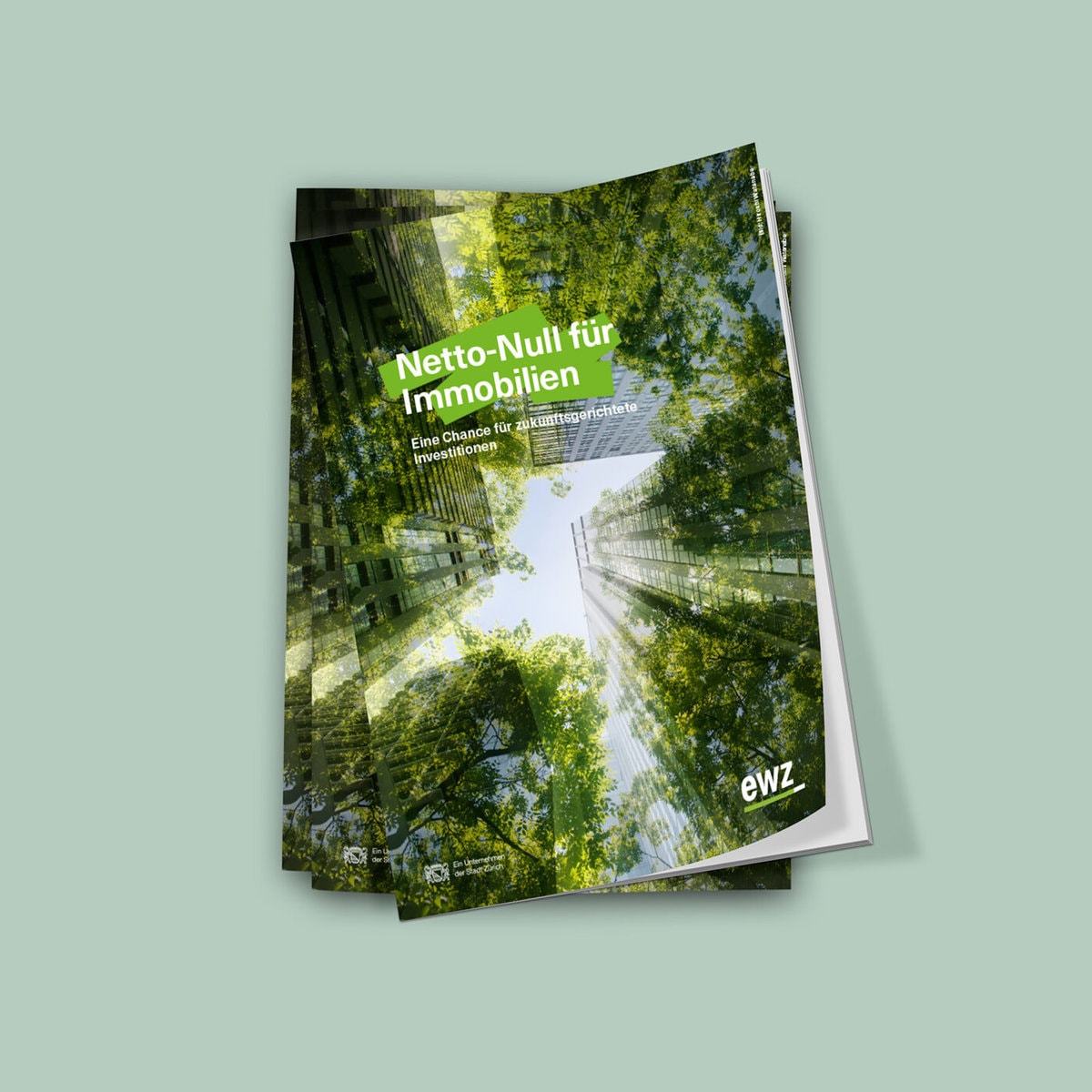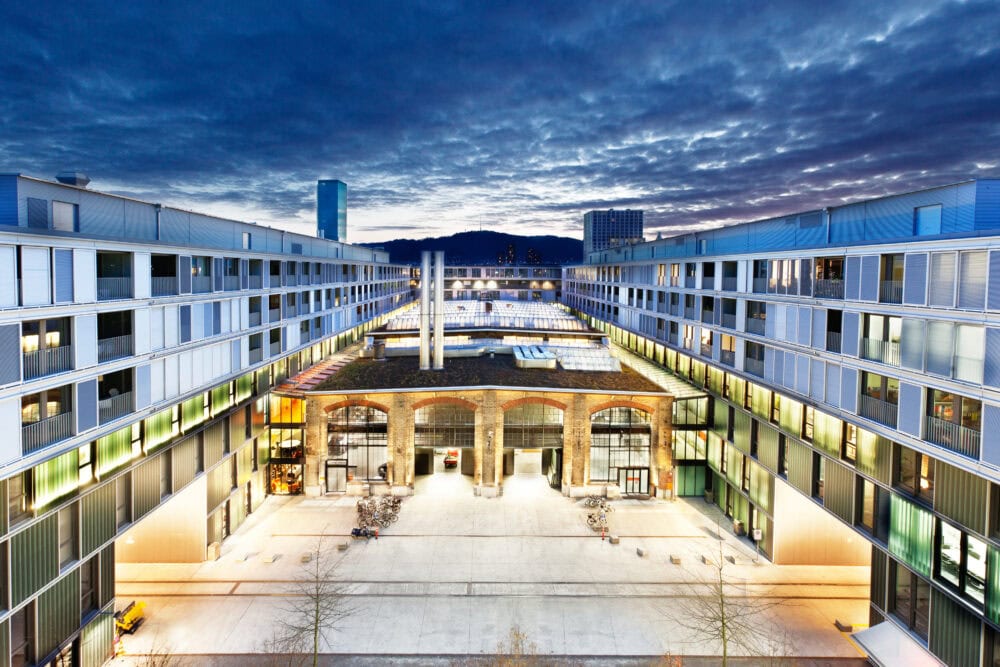Net zero: the path to climate-neutral real estate
The real estate sector is called upon to reduce greenhouse gas emissions quickly and significantly. It is already possible to get closer to the net-zero target by combining various approaches and measures. A new white paper highlights areas of action for planners and building owners.

The building sector is responsible for around 40% of global GHG emissions. The reduction potential is correspondingly large - and therefore also the responsibility of the players in the sector. In order to raise awareness of the urgency of a rapid reduction in GHG emissions, it must be known where and when a building emits GHGs over its entire life cycle and how these can be reduced.
How climate-friendly a building project is can be influenced by the architectural concept. An optimized geometry, a material-efficient building structure or compact buildings with a slender load-bearing structure can contribute to reducing emissions.
Very few building materials today are completely emission-free, but many are at least low-emission. These include building materials of biogenic origin such as wood, insulation materials made from renewable raw materials such as straw or cellulose and climate-optimized types of concrete. As concrete is responsible for around 8% of global GHG emissions, there is a particularly large lever here.
Many properties in this country are still heated with fossil fuels such as oil or gas. Suitable alternatives for a low-emission heat supply are heat pumps, thermal networks or wood heating systems. It is also important that roof and façade surfaces are used for photovoltaics.

Successful example projects
Various examples show that building to net zero not only works on paper, but can also be implemented in practice. At the Hobelwerk site in Winterthur, for example, the focus is on measures such as replacing concrete with timber constructions or reusing building components. Similar methods are also used in the Greencity construction site B6 (Vergé) planned in Zurich. In addition to the choice of low-emission materials, ewz's renewable energy supply is also helping to bring the company closer to its net-zero target. A third example is the new headquarters of Sonova Communications in Murten. Thanks to high-quality insulation and a large thermal storage mass, the building does not require active heating and cooling and is therefore CO2-neutral in operation.
ewz with sites in Zurich | Sils (GR) | Prilly (VD)
www.ewz.ch/energielösungen









